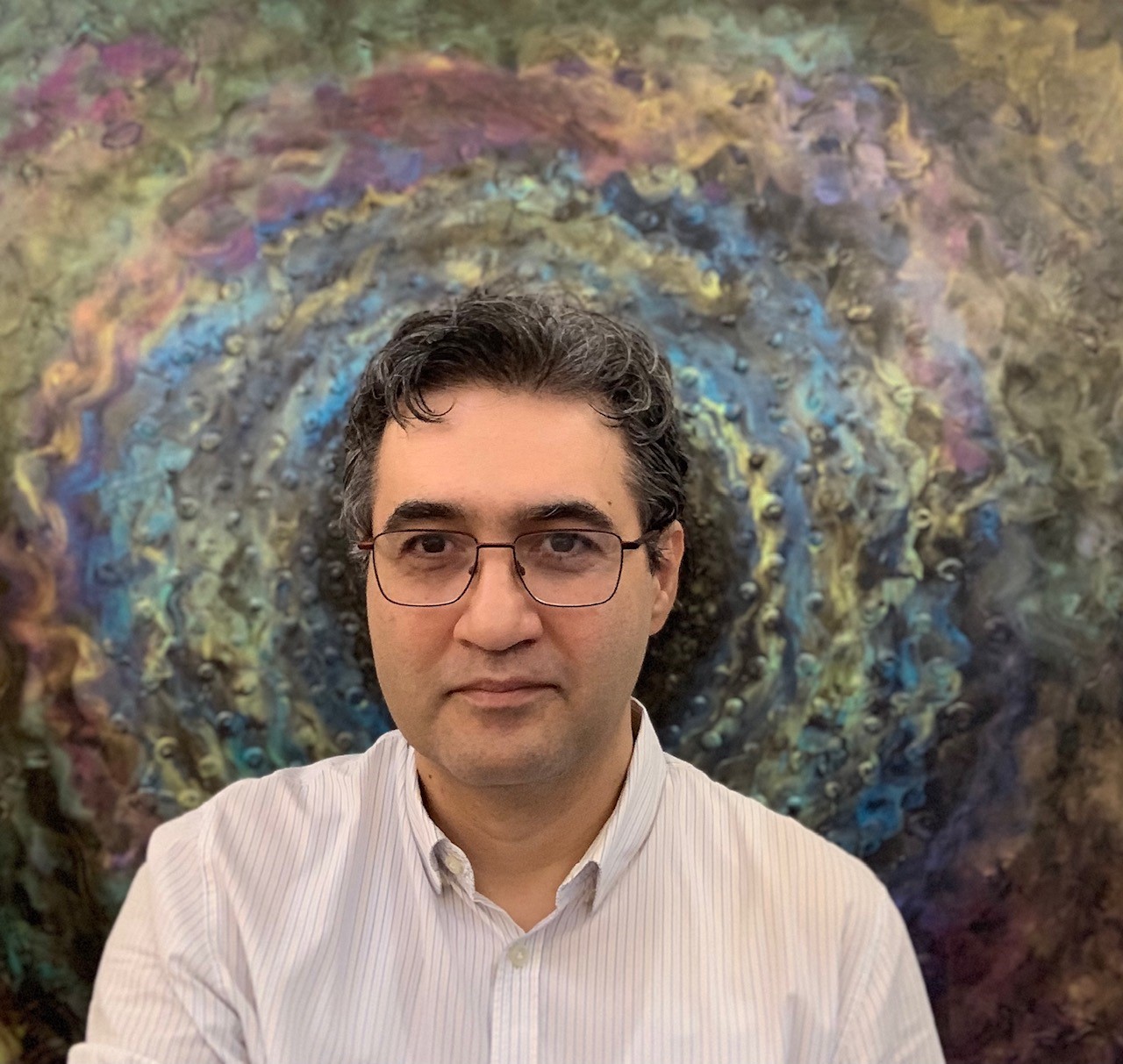‘Who is this Ayatollah Khomeini?’ I asked Madar, my paternal grandmother. I had heard his name over and over but I didn’t know who he was. Every night people went to the rooftops to see his face etched upon the full moon and I really wanted to know what he was doing there.
‘He is the vicar of the Hidden Imam,’ Madar explained, trying to fit her cigarette into its holder. ‘While the Hidden Imam is in Occultation, the vicar is in charge of the Muslims’ faith,’ she continued, then lit her cigarette. ‘He is our saviour.’
‘And why is his face on the moon?’
‘God has etched his face on the full moon as a sign,’ she said with a smile that heightened her mystic aura as she sat cross-legged on the floor, ‘so that people will know he is the Chosen One.’
The more I looked at the moon, the better I could identify a shape. But it wasn’t the face of a man; clearly not of a holy man. It seemed, rather, very much like a rabbit—very much like Bugs Bunny, in fact.
Madar believed I wasn’t ready yet.
According to Twelver Shia Islam, the official religion of Iran, the Hidden Imam or Mahdi is the Twelfth Imam, an offspring of Prophet Muhammad who went into Occultation in Ad 874 when he was only five years old. He is still alive—but in hiding—and will emerge at the end of time as our saviour; he will bring peace and justice to the world and re-establish Islam as the only righteous path. I still couldn’t figure out why he needed a vicar, though. The argument seemed to me illogical. If he were supposed to wait in hiding until the right time to save the world, why would he send someone else to save the world earlier? And if it were time to save the world, why didn’t he show up himself?
‘Don’t be silly,’ Madar said. ‘We’re not supposed to question God’s plans.’
It wasn’t the first time I’d asked that question. Ever since I had heard Khomeini’s name whispered by my parents and their friends, by my classmates (with the utmost respect) and sometimes on the BBC Persian Service that my parents listened to secretly every night, I had been asking the same question, hoping to receive two answers that matched up. Madar’s answer was not the one I’d had from dad.
‘He’s a cleric, son, a mullah. He was exiled from Iran 15 years ago because of his protests against the Shah’s tyranny. He has now become politically active again and gained a huge following among the people.’
This long speech may seem a little too sophisticated for an eight-year-old but, luckily, it was the kind of language with which I was familiar. Sadly, I was not quite the genius that my father assumed. I learnt to read at four, could write by the time I was five— both in Persian and English—and read my first ‘serious’ book at six, a 200-page novel on the life of Thomas Edison. Dad had given it to me hoping I’d choose Edison as my role model. I did—only until I discovered Peter Pan and Superman.


